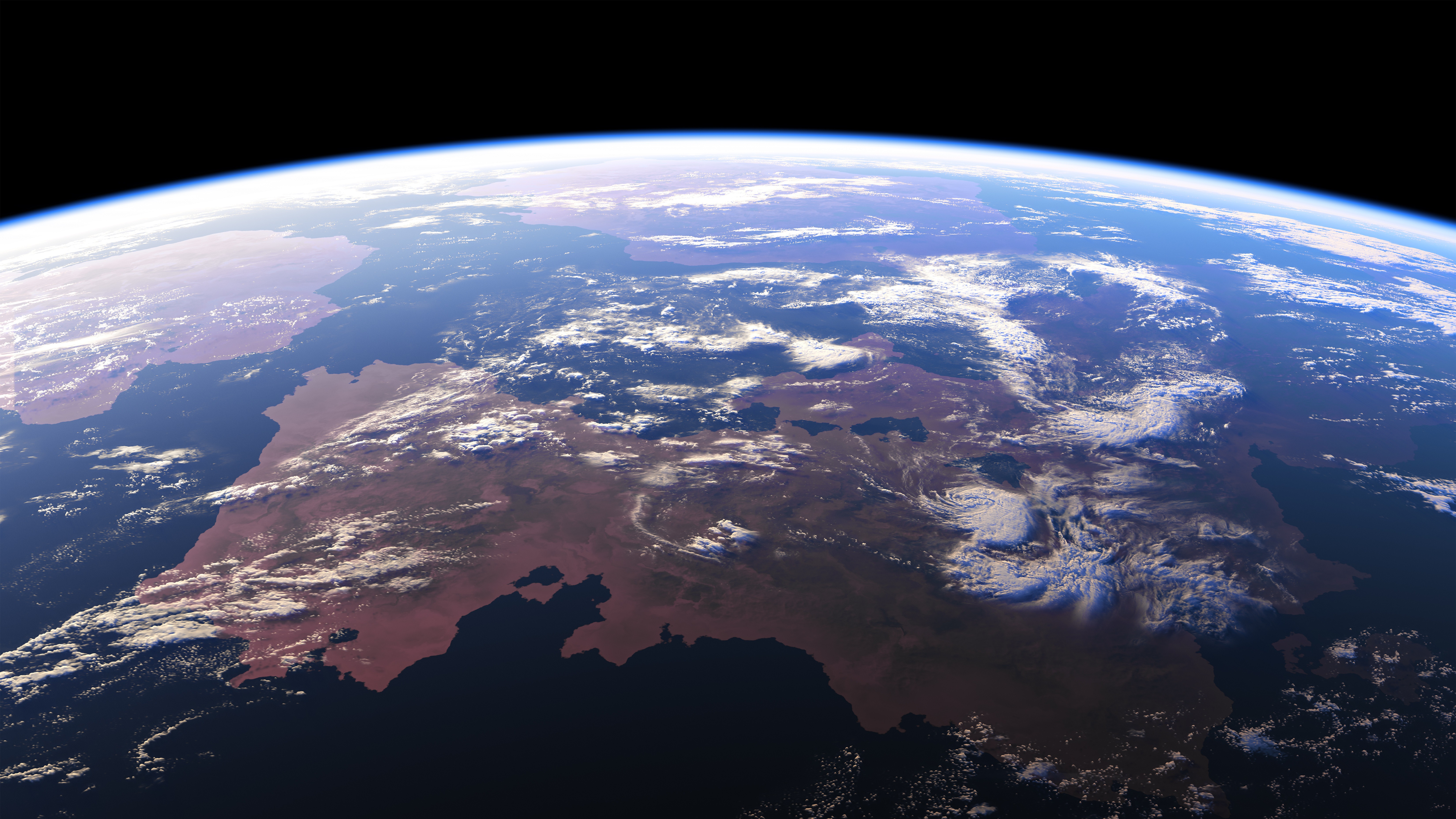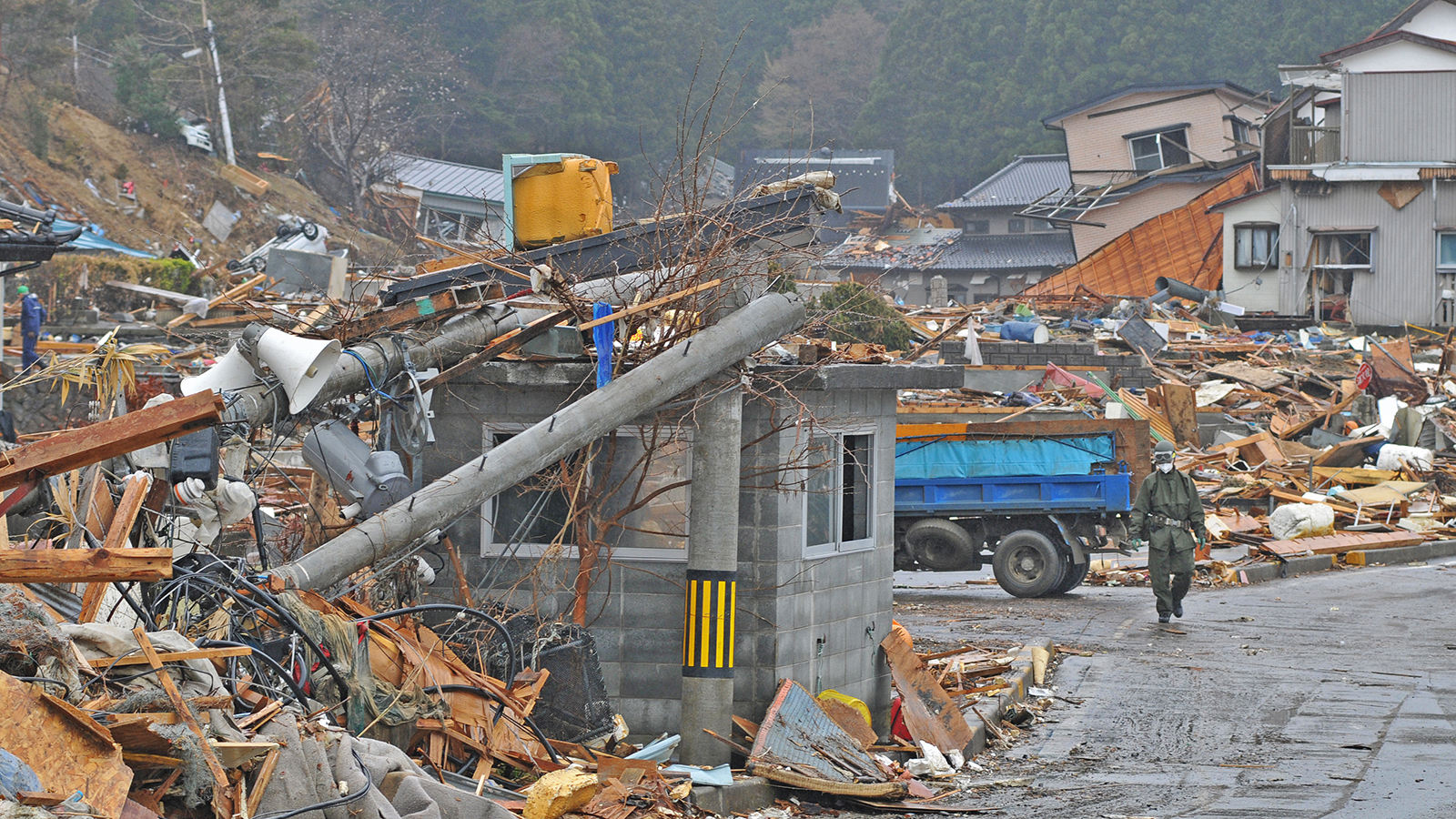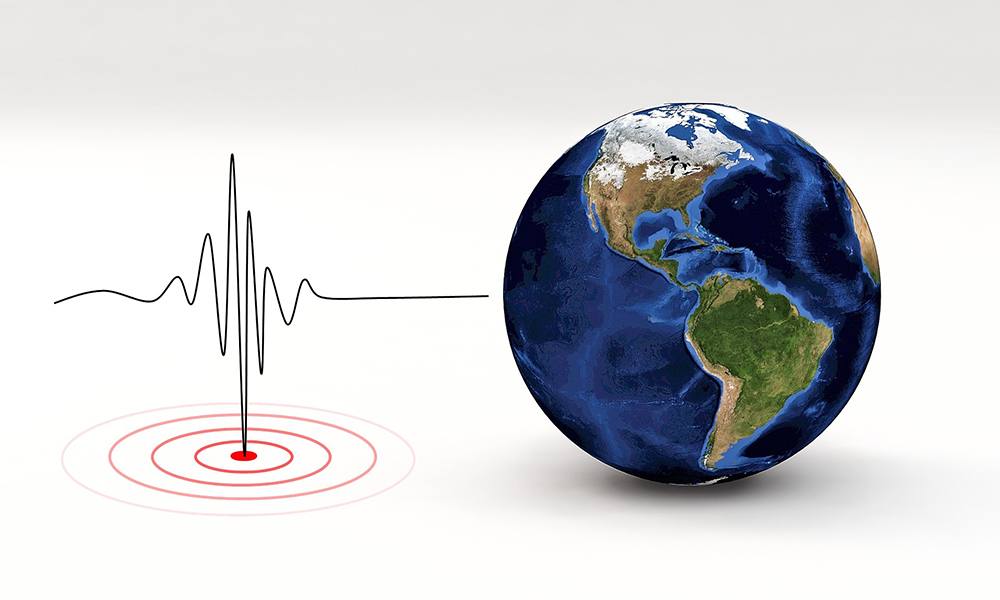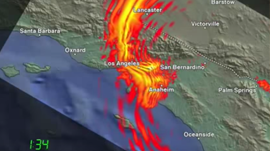During a large earthquake, energy rips through the ground in the form of seismic waves that can cause serious harm on densely populated areas. The effects of earthquakes can be difficult to predict, and even the best modeling and simulation techniques to date have been unable to capture some of these earthquakes’ more complex characteristics.
To better manage cities at risk for these violent, complex disasters, a team from the University of Tokyo’s Earthquake Research Institute developed an earthquake simulation using the Summit Supercomputer‘s NVIDIA Tesla V100 Tensor Core GPUs and deep learning.
The project is a collaborative initiative with the US Department of Energy’s Oak Ridge National Laboratory, the Swiss National Supercomputing Centre (CSCS) and NVIDIA.
“We are at the frontier of AI and HPC,” said Tsuyoshi Ichimura, team lead and associate professor at ERI. “We are using AI with transprecision computing to accelerate these physics simulations in a new way and have already seen speedups in our code that would not have been possible without these techniques.”
The simulation earned the team a finalist position in the Gordon Bell prize.
In the simulation video, not only can you see the different frequencies at which the buildings are oscillating, depending on the structure or the materials they are made of, but you can also see the impact of the sub-surface structures like parking garages or subways.
To develop the simulator, the team first generated a small model that has similar characteristics of the large target problem. Then, they trained an artificial neural network (ANN) to estimate the difficulty to solve the problem based on the connectivity and material property information of the model.
Last, they use this information from the ANN to convert the problem into one that can be solved quicker. In addition to using an ANN to convert this problem into a simpler one, they used FP16, FP21, FP32 AND FP64 to enable this groundbreaking, earthshaking solution.
This lead to a 25x speed-up over the established GAMERA. Additionally, the simulation was done at super high resolution relative to typical earthquake simulations.
The largest model the scientists ran was over 75B elements and over 302B degrees of freedom on 24,000 GPUs.
This projects shows that AI and transprecision computing can help developers simulate applications such as earthquake modeling that were previously too complex to solve.
Those attending Supercomputing 18 can see a live interactive demo of the simulation at the NVIDIA booth.
Read more>
Gordon Bell Finalist Displays Earthquake Simulator at SC 18
Nov 12, 2018
Discuss (0)
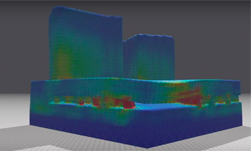
Related resources
- GTC session: Live from GTC: A Conversation with Ansys
- GTC session: Ray-Tracing RF-Propagation Digital Twin Solution for 6G Applications using NVIDIA Omniverse
- GTC session: How to Build OpenUSD Applications for Industrial Digital Twins
- NGC Containers: MATLAB
- SDK: WaveWorks
- SDK: DRIVE Sim
